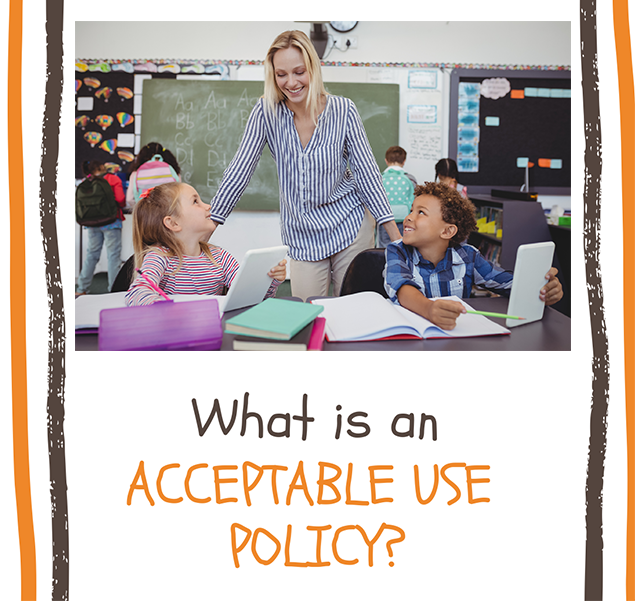Digital Safety Measures: Implementing Acceptable Use Policies in Schools
Posted by Network Support · Leave a Comment
Digital Safety Measures: Implementing Acceptable Use Policies in Schools
The internet can be a double-edged sword – powerful and effective as a learning tool, but if used carelessly, a threat to students’ safety and privacy. As more and more schools use the internet regularly in their classrooms, the need to ensure digital safety and privacy of students also rises. One of the best ways of ensuring students’ safety is to implement an Acceptable Use Policy (AUP) in schools.
What are Acceptable Use Policies (AUPs):
An AUP is a written contract listing terms and conditions explaining the acceptable uses of internet in schools and classrooms. These policies are prepared by school administrators and teachers in collaboration and can:
- Help schools monitor and avoid liabilities caused by use of internet in schools.
- Safeguard digital privacy and safety of students.
- Provide students with guidelines for internet use and use of devices in school.
Parents and students can be given copies of the policy to read through and sign to demonstrate their acceptance of rules. The policy can be displayed in classrooms, computer labs and other school premises as a reminder to students. Administrators can appoint teachers to monitor students during internet sessions.
Contents of Acceptable Use Policies
There are six elements to consider when composing an AUP:
- Preamble: This section introduces the AUP and explains:
- Need for policy: Acknowledges the dangers prevalent in digital world.
- Policy goals.
- Development process of the policy.
- Definition: Any key terms used in the policy are defined and explained in this section.
3. Policy Statement: This statement describes the services covered by the policy and mentions the situations under which internet use is allowed for students. It includes:
- A statement on the educational benefits and advantages of internet use.
- A statement reinforcing the message that the school will limit student access to content which does not adhere to educational goals to regulate student safety and privacy.
- Description of instructional strategies that are supported by and require access to internet.
- The elements of responsible digital citizenship such as digital access, communication, etiquette, plagiarism and crediting sources.
- A list of responsibilities of each member (student, staff and administrators) using the internet.
- Section on Acceptable Uses: This section provides guidelines to students describing the acceptable and appropriate uses of internet in school.
- Section on Unacceptable Uses: This gives clear examples of unacceptable uses of the internet, such as:
- Sites that are inaccessible to students.
- Inappropriate content.
- Student sharing and posting of inappropriate content especially with the intent to harm and disrespect others.
- Violation Section: This piece discusses how students can report of violations of policy and/or the consequences that students might face if they fail to comply with rules.
Additional terms that can be mentioned include:
- Reminders to users emphasizing that access to internet and devices is a privilege made available by the school.
- Disclaimers that the policy complies with state and national educational and safety rules and which absolves schools of any responsibility in case of any issues caused by students who break the rules.
Teachers can also prepare acceptable use policies that focus on educating students about digital safety measures. When designing these policies, teachers must ensure that the policy strikes a balance between freedom and responsibility to encourage students to become digitally responsible for their own safety.
Like this article for teachers?
Browse the Professional Learning Board COURSE CATALOG to find related online courses for teachers in your state. Professional Learning Board is a leading provider of online professional development classes that teachers use to renew a teaching license or renew a teaching certificate.





